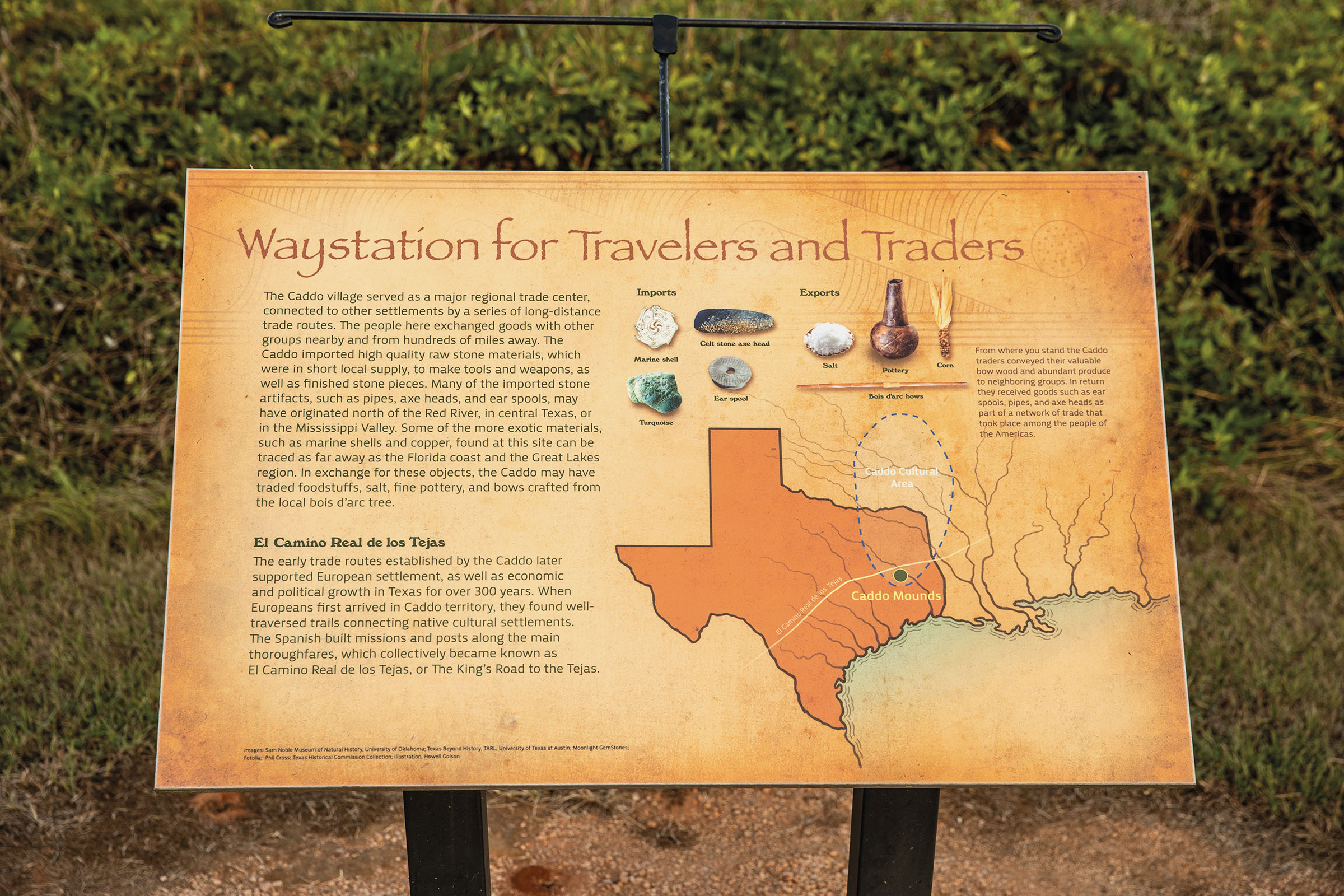Stories Without End
Communing with Indigenous cultures along El Camino Real de los Tejas
By ire’ne lara silva Photographs by Kenny Braun
McKinney Falls State Park in Austin; Liliana Patricia Saldaña under Interstate 35
It’s best to begin both journeys and stories in places without roads, preferably with at least one knee and one hand touching the earth. Walk away from the car, away from asphalt, away from campsites and picnicking families, away from signs and trails. Go where the air is sweet and smells only of green; where the trees are swaying and you can hear the wind moving through the leaves; where you can see water rushing and falling and pooling; where if you’re still enough, you’ll see small animals wandering around. Oak trees and bald cypress trees abound. The best journeys and stories not only span distances but also time. The difficult thing is some people think the past is done and gone, that history is dead, that it no longer lives and breathes around us—and not that what was, still is, and will go on.
McKinney Falls State Park, about 10 miles outside of Austin, where Onion and Williamson creeks meet, was where I decided to begin my story. I knew I wouldn’t only be learning about the history of El Camino Real and visiting related historical sites, I would be feeling the history. History is neither distant nor objective; history lives in us. My identity and the history of my ancestors is a layered and complicated thing, but to me that only emphasizes the need to honor their struggles. And where else to begin my journey but at the point closest to my home?
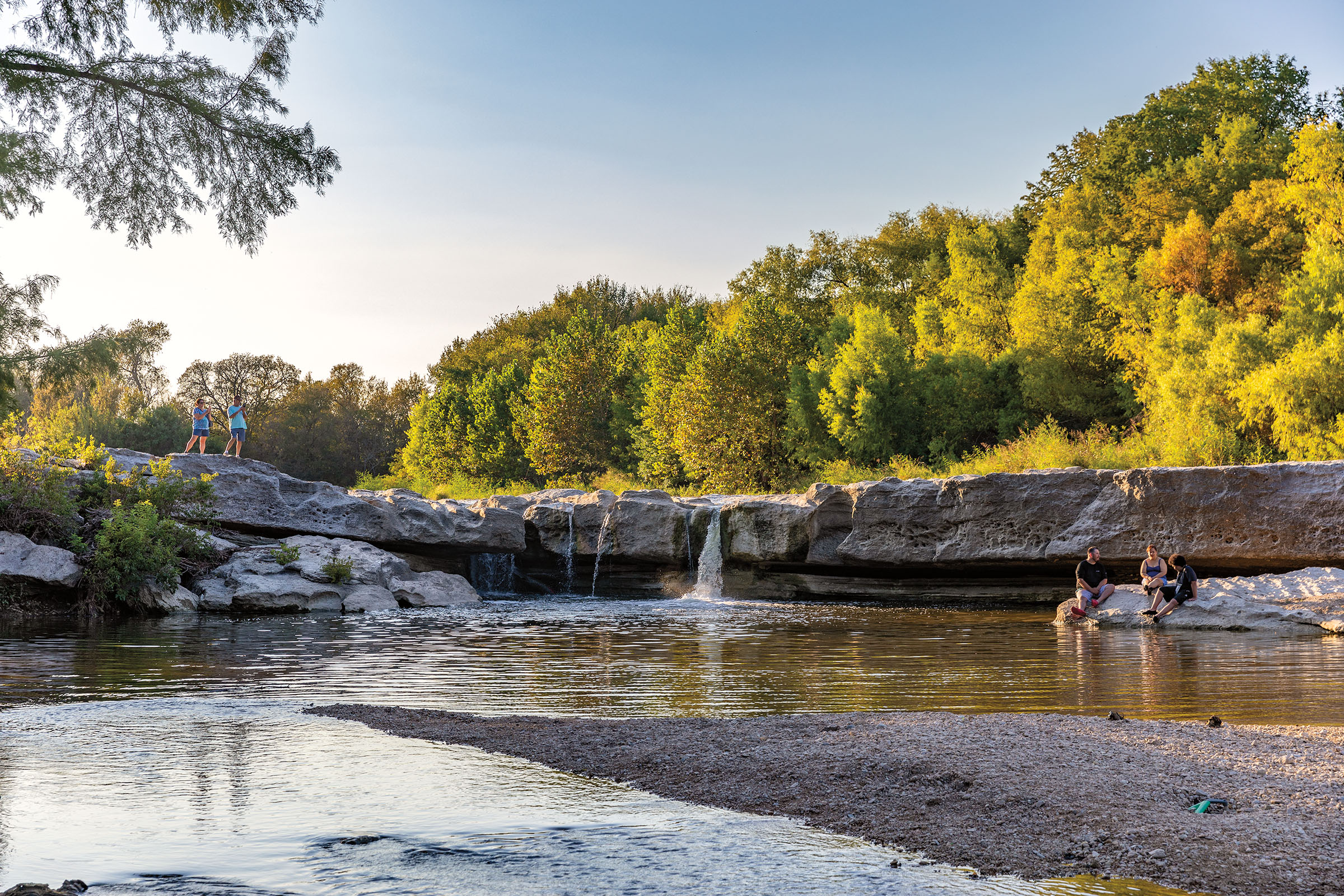
The stone marker at the entrance of McKinney Falls proudly proclaims it as being part of El Camino Real de los Tejas, now a designated national trail. The 2,500-mile route, used most heavily by the Spanish from the 1600s through the 1800s, leads from Mexico City, Mexico, to Natchitoches, Louisiana, the earliest non-Indigenous settlement in Louisiana. The best way to traverse the Camino Real in Texas on current roads is to start in Laredo. There, you can forge your own journey by experiencing Los Matachines de la Santa Cruz de la Ladrillera perform every December and dance a variation of the traditional matachín, a ritual brought by the Spanish that over time incorporated Mexican, Indigenous, and American symbols. From Laredo, drive Interstate 35 to San Antonio and Austin, and then continue on State Highway 71 and SH 21 to Nacogdoches. Along the way, enjoy Texas’ different climates: arid desert, tumbleweed and ocotillo country, hills and canyons, green forests, wide rivers, farmland, ranchland, swamps, and as always, the open sky.
“Although not as well-known as the Lewis and Clark Trail or the Oregon Trail, El Camino Real de los Tejas is the second oldest route of European travel in the country,” says Steven Gonzales, executive director of El Camino Real de los Tejas National Historic Trail Association, a nonprofit that preserves, promotes, and interprets the U.S. portion of the trail. “It’s second only to its sister trail, El Camino Real de Tierra Adentro,” a former trade route between Mexico City, Mexico, and San Juan Pueblo, New Mexico.
Artifacts found in McKinney Falls State Park in Austin show Indigenous people inhabited the area starting 9,000 years ago. The names of the early groups are unknown, but it is believed the Tonkawa, among others, descended from them. Although very few Native Americans in Texas live on reservations, the total population of Native Americans living in the state is close to 350,000. But this does not include the millions of Texans of Indigenous descent.
I count myself among them. When I’m asked for a label, I say I’m an Indigenous-identified Mexican American even though I only have one grandparent who came from Mexico and I can’t tell you which tribal nations I’m descended from. But it would be as much of a lie for me to say I wasn’t Mexican as it would be for me to say I wasn’t Indigenous. Beyond blood, it is culture and food and language and storytelling and history and spirituality and worldview. I know who I am—the convergence of the history of my family and the history of this land, of Texas. My whole life, I’ve been fascinated by how Indigenous beliefs embedded themselves in Catholicism in the Americas, how Indigenous language and culture shaped Mexican and Texan language and culture.
“The Camino Real connects people, places, and cultures,” Gonzales says. “Without it, we would not be calling Texas Texas today.”
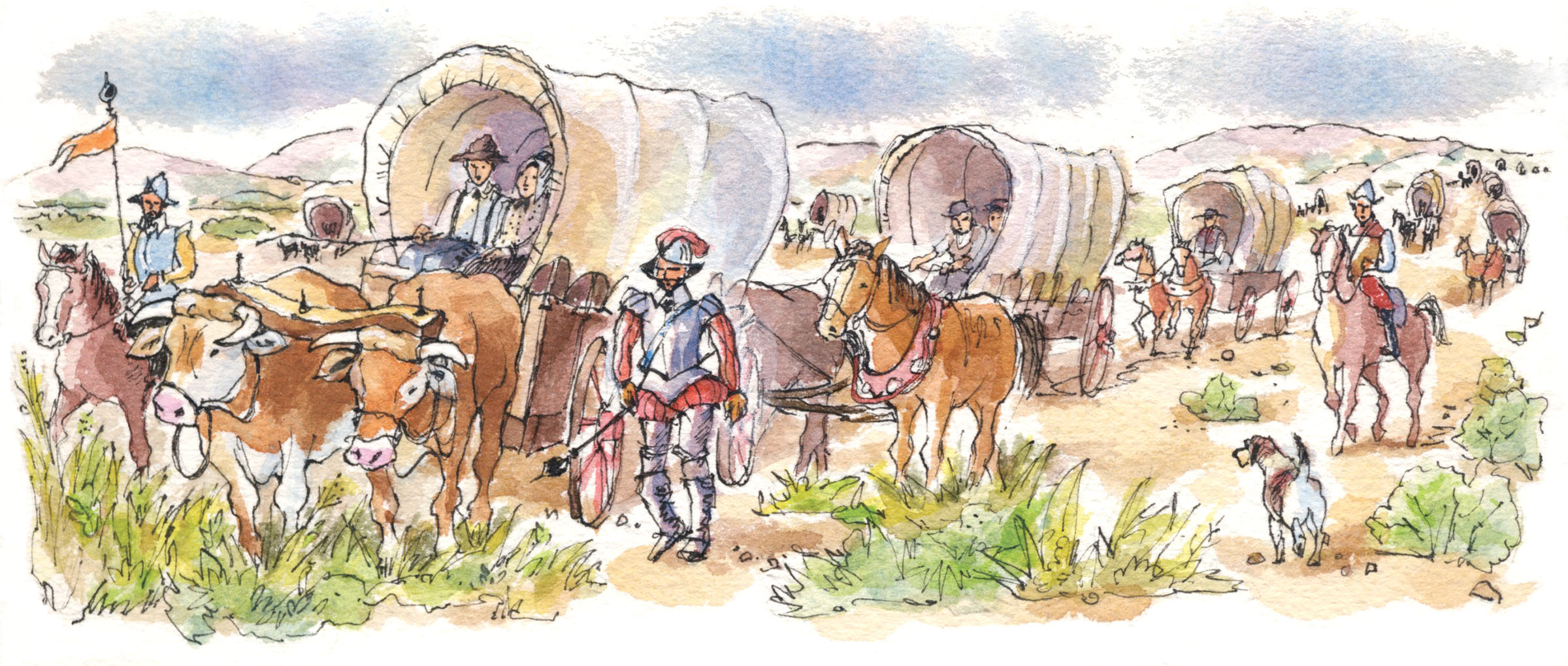
Most accounts of the Camino Real span the history between its establishment by the Spanish and its use by U.S. immigrant settlers to enter Texas-which-was-then-New-Spain or Texas-which-was-then-Mexico and convert it into Texas-as-its-own-nation. What is also true, however, is the Camino Real was built upon Indigenous trails and trade routes, and Indigenous culture is still alive and present in Texas.
“The sense is that Indigenous people are people of the past,” says Liliana Patricia Saldaña, who holds a doctorate in human development and family studies from the University of Wisconsin and is a Chicana activist and scholar at the University of Texas at San Antonio. “This is not the case. It’s important for all people in this state to acknowledge that we are working, teaching, and learning in occupied territory, and that we are living and breathing on the ancestral lands of Indigenous people.”
Whenever I’m driving, I always think about the names of things: ranches, towns, creeks, rivers, counties, bridges, and parks. I wonder sometimes what visitors to Texas make of the jumble of languages these are made of—mostly Spanish, English, and different Indigenous languages. I think of curious things like how the names of certain places are a combination of languages and time—like the town of Buda, which is an English adaptation of the Spanish word viuda, or widow, the town’s original name. The number of place names in Spanish are beyond counting, but there are also many places that are still known by their original Indigenous names—Waco, Anahuac, Nacogdoches, Caddo, Tahoka, and Tehuacana, among others. And, of course, “Texas” is derived from the Caddo word Tayshas, which the Spanish interpreted as Tejas. I often wonder if visitors and residents register how the names capture something essential about the history of this state, the history of this land.
Indigenous people who made Texas their home included the Alabamas, Apaches, Aranamas, Atakapans, Bidais, Caddos, Comanches, Choctaws, Coushattas, Hasinais, Jumano, Karankawas, Kickapoos, Kiowas, Tonkawas, and Wichitas, among others. Texas’ second president, Mirabeau B. Lamar, believed there could be “no compromise” between white settlers and Indigenous people “except in their total extinction or total expulsion” he wrote in a letter to the Texas Congress dated Dec. 20, 1838. While the remains of 6,509 children have been identified at “residential schools” across Canada and the U.S., Texas never had residential schools—schools established by the respective governments to both educate and indoctrinate native children. Instead, in Texas, Indigenous people were killed or removed to Oklahoma. In my research, I came across many references to “hostiles,” as well as many mentions of “Indian raids and attacks,” but the history books sometimes fail to acknowledge that Spanish, French, Mexican, and immigrant U.S. settlers were claiming lands that were already inhabited.
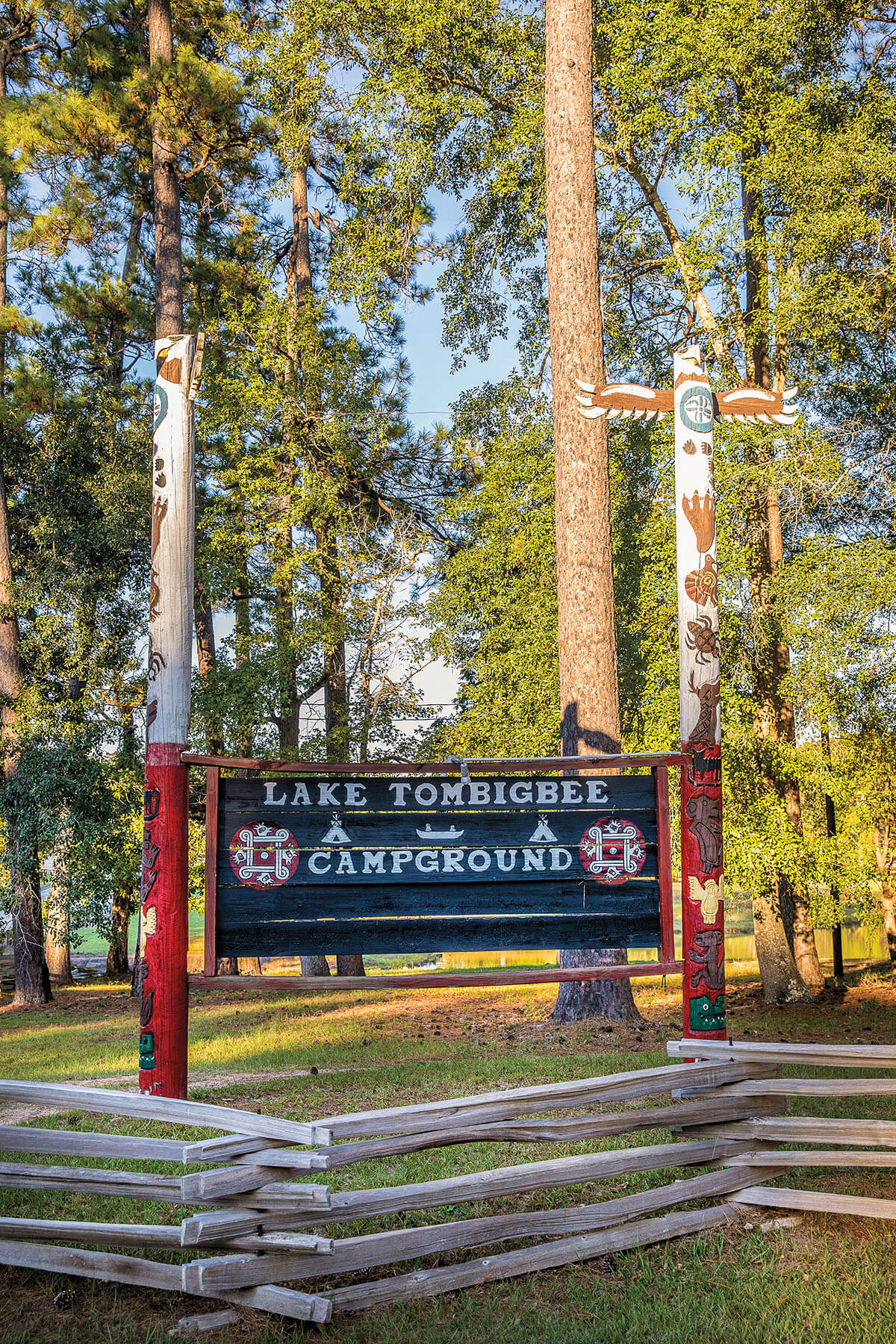
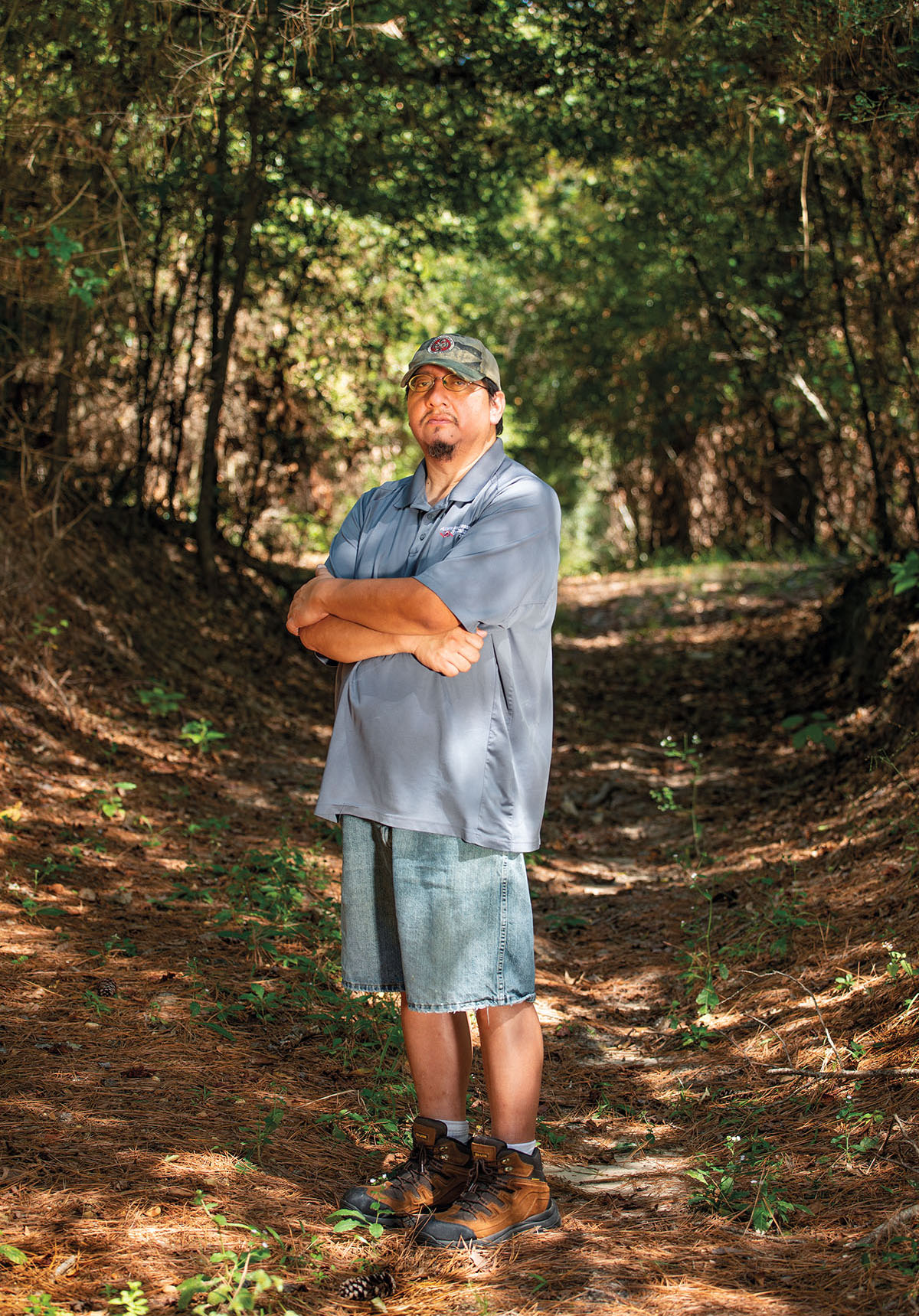
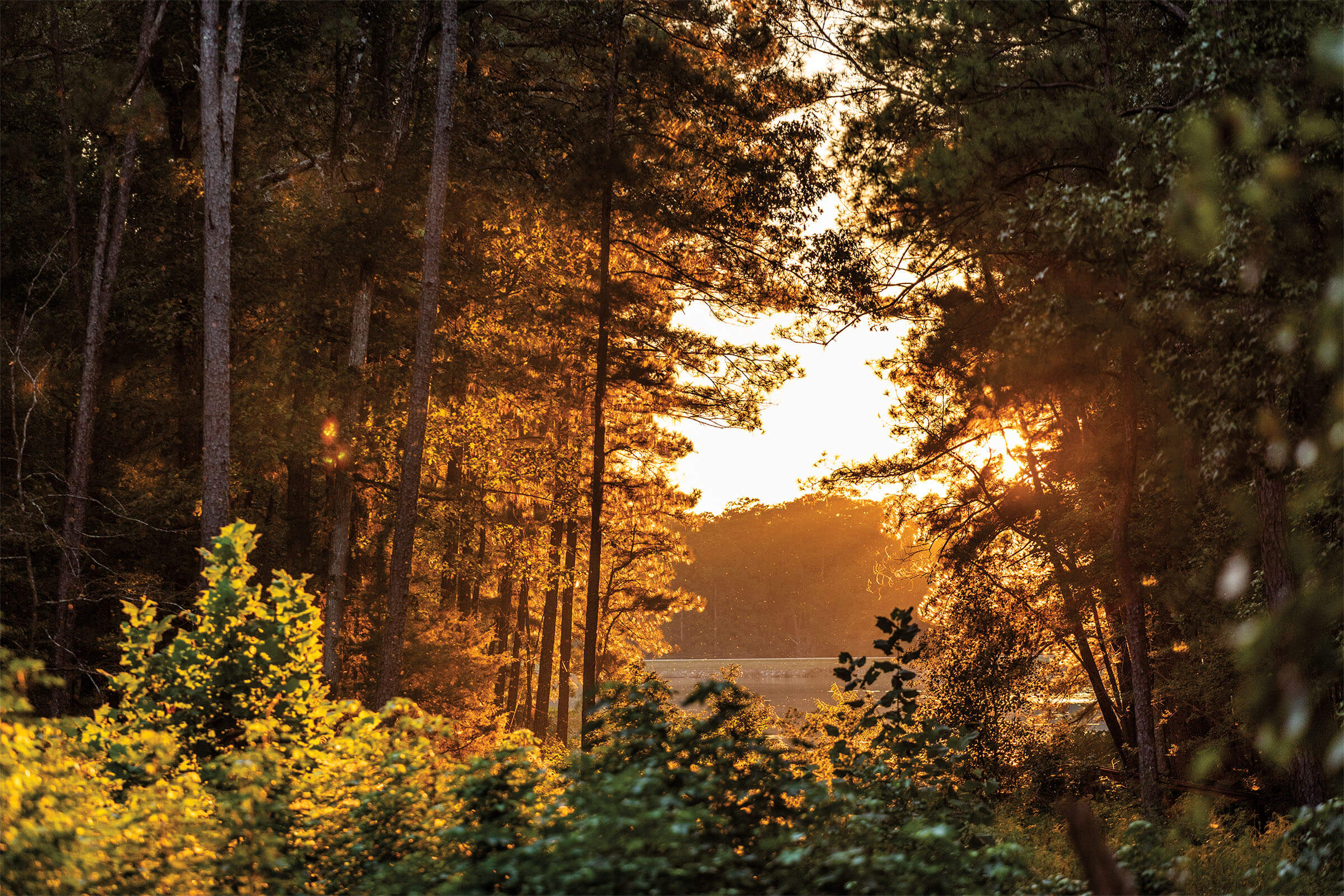
As a consequence of centuries of religious conversion, cultural assimilation, and violence, only three Native American reservations exist in Texas today: the Alabama-Coushatta Reservation in Livingston, between Houston and Nacogdoches; the Kickapoo Traditional Tribe of Texas in Eagle Pass, south of Del Rio; and the Ysleta del Sur Pueblo in El Paso. While all three offer gaming facilities that are open to the public, the Kickapoo do not grant any further access to nonnatives. The Ysleta del Sur Pueblo, however, have a cultural center, a smoke shop, and other offerings that are open to the public. And the Alabama-Coushatta, the only one of the three located directly on the Camino Real, hosts a powwow every June and offers camping and dining facilities to visitors.
“It’s important to preserve and revitalize our culture and traditions to ensure that future generations can learn and engage in these types of events, and to teach how our people relied on natural resources as provided by the creator,” says Bryant Celestine, archivist for the Alabama-Coushatta tribe. To combat the way “Native Americans have been erased from the textbooks,” according to Celestine, the Alabama-Coushatta organize school programs and presentations to educate kids.
Centuries of violence and shame have not erased the Indigenous identification or cultural reclamation efforts of many Mexican Americans, Tejanos, or Mexican-Texans.
“Our mission is to reeducate people who identify as Hispanic or Latino to reclaim their indigeneity,” says Mario Garza of the Indigenous Cultures Institute, an organization in San Marcos that hosts an annual powwow and has a summer program that uses the arts to teach children about Indigenous culture and the Coahuiltecan language. “Ashamed of being considered a second-class citizen, many Indigenous people claimed Tejano/Mexican as their only identity.”
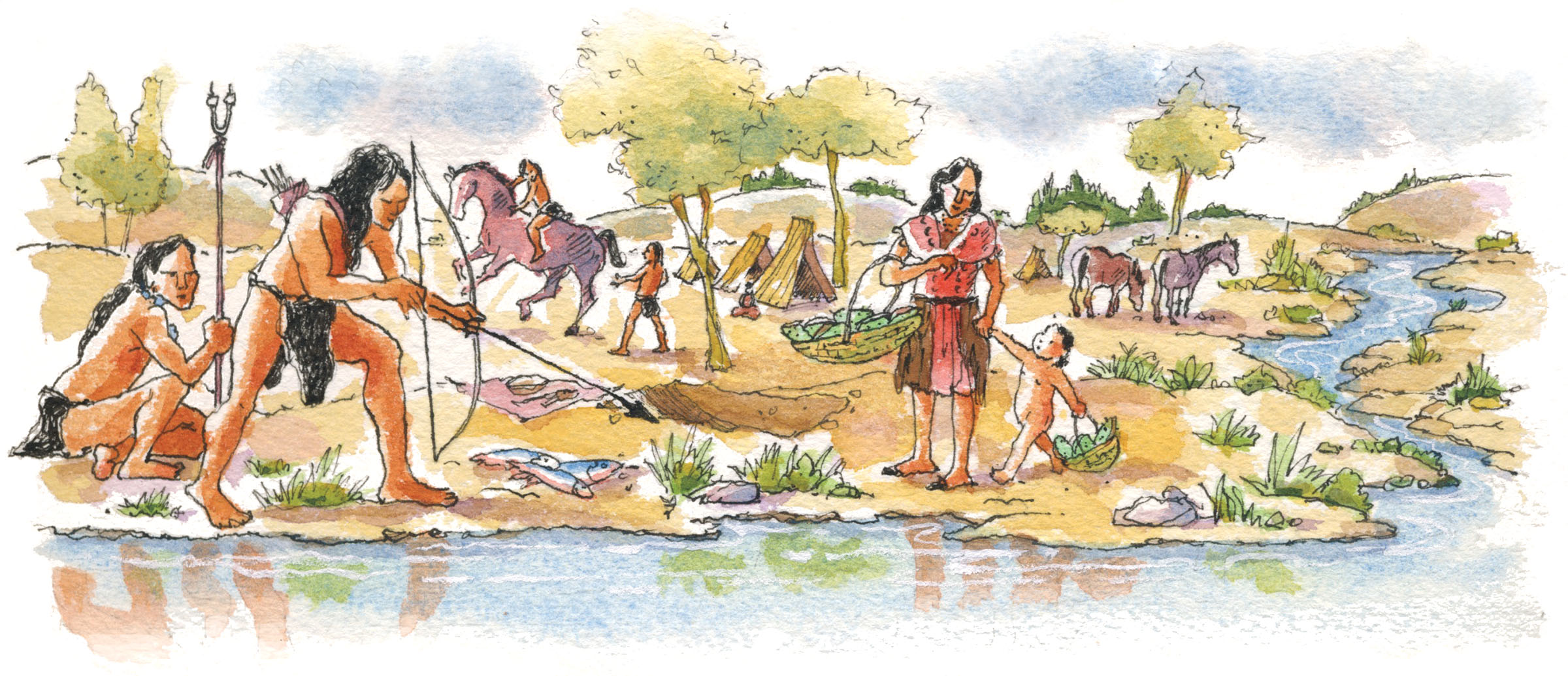
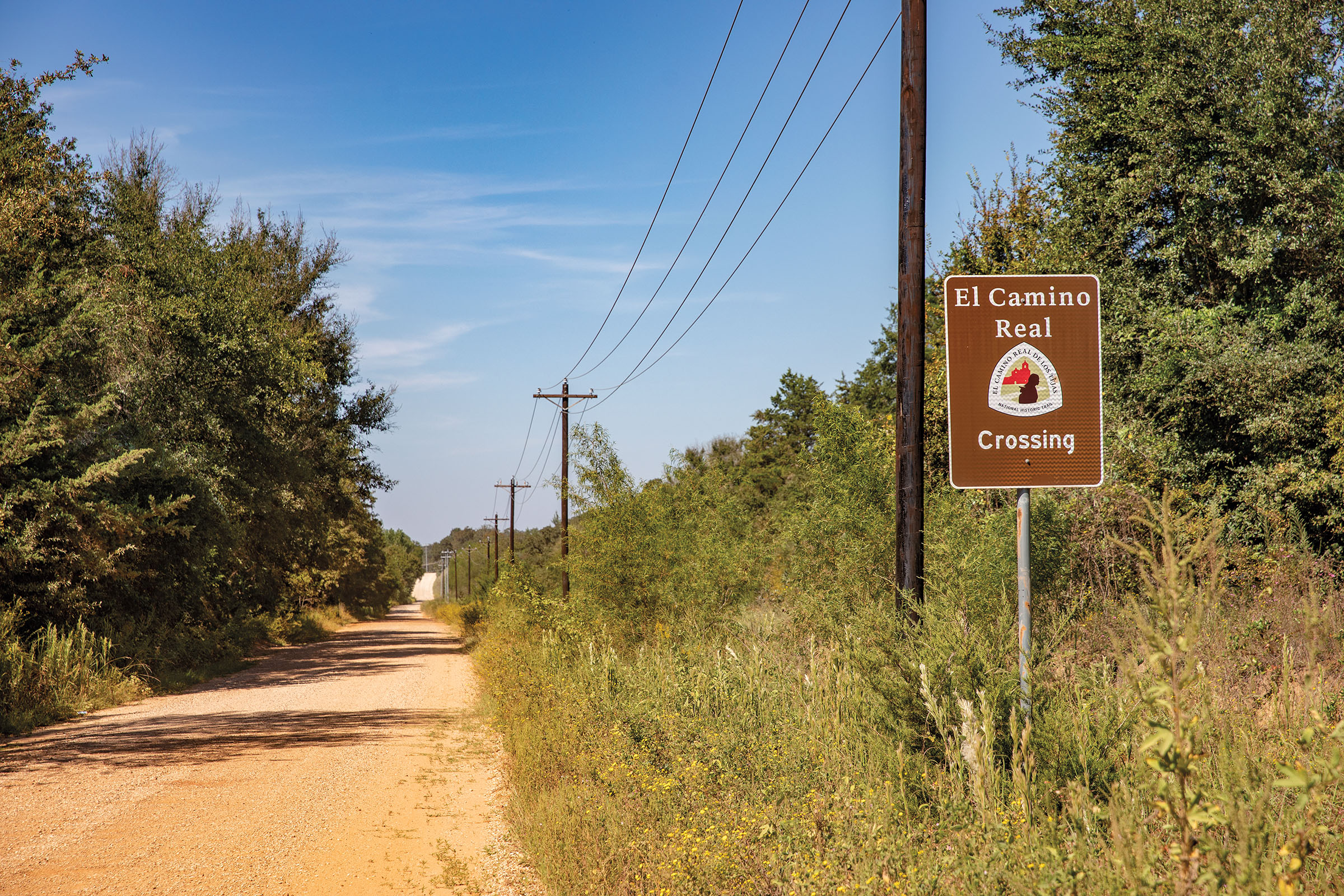
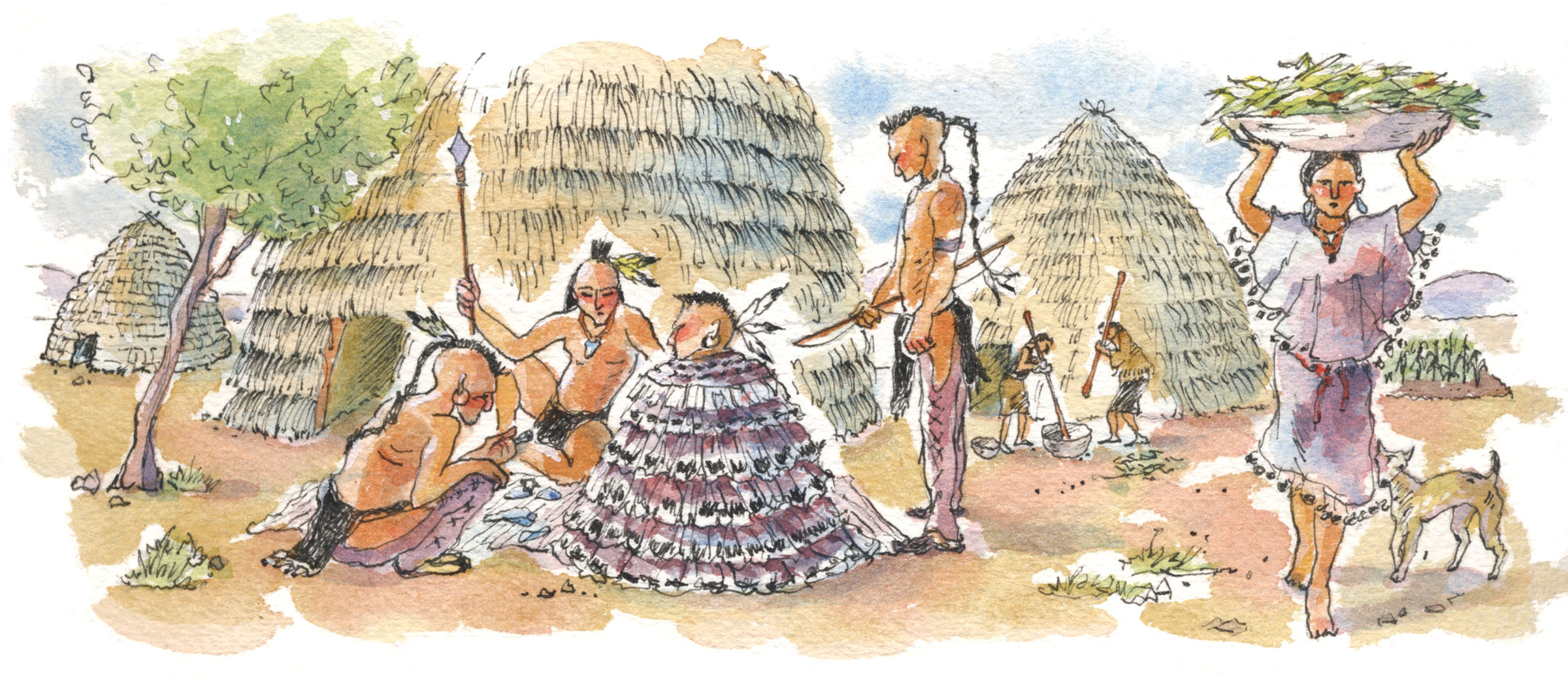
Between 1632 and 1793, Spanish settlers built missions, presidios, and settlements along much of the Camino Real. In addition to their attempts to displace Indigenous people and convert them to Catholicism, the Spanish also used the Camino Real to investigate rumors of French colonization attempts in Texas. In 1996, Fort St. Louis, the French fort La Salle established in 1685, was rediscovered by historians and declared an archeological site. Their findings are viewable at the Bullock Texas State History Museum in Austin.
Most of the multiple roads that formed the Camino Real ran through Yanaguana, the name of the Payaya tribe’s village, which became San Antonio. Five of the 26 missions that were built in Texas still stand in San Antonio—Mission Concepción, Mission San Juan, Mission San José, Mission Espada, and Mission San Antonio de Valero (otherwise known as The Alamo). The 475-acre San Antonio Missions National Historical Park includes the first four missions as well as various irrigation resources, agricultural fields, and pre- and post-colonial historical sites. You can learn more about the missions through programming and events offered by American Indians in Texas at the Spanish Colonial Missions, a nonprofit formed by the Tap Pilam
Coahuiltecan Nation.
In San Antonio, I spent some time at Mission Concepción before making my way to the other missions. My maternal grandmother’s name was Concepción, and so I thought of my mother while I was there. She never had any doubts about our identity. We were Indios, of Indigenous descent from both sides of the border. My father was much more conflicted: In one breath he would bring up his pure-blooded Native American great-grandmother, and in the next he would point to his own pale skin and his blonde-haired blue-eyed sister as proof that he was wholly Spanish. While my parents were Catholic and regular attendees at Sunday Mass, I never felt any sense of spirituality there. When my mother really needed to pray, she never went inside a church. Her favorite place was the grotto and garden at San Juditas Tadeo (St. Jude Thaddeus) in Pharr, near where we once lived. Neither rain nor 100-degree heat would keep her from praying in a space open to the sky, surrounded by greenery.
I wondered what she would make of the missions, where the buildings and stone walls bear a sense of immense age. What would she say if I told her about the remains of Indigenous bodies there, that mission records from 1762 show that, in the same year, 792 Native Americans were baptized while 596 were buried?
My heart heavy, I made my way to Mission San Juan, with its imposing walls, and then the much more welcoming Mission San José. I spent the most time at Mission Espada, as it was so incredibly peaceful, and the creek and aqueduct drew my eye. I couldn’t resist stopping in the middle of the small bridge on the way to Mission Espada. On one side, the water was a calm and luscious green. On the other, a melodic white froth falling downward. Everywhere: wide-branched mesquites, cottonwoods, retamas, and more. The bridge was small and unprepossessing, but I felt a palpable sense of crossing between one world and another. I don’t know if I’ll ever be able to step foot in San Antonio again without wanting to visit that bridge.
In the few miles between the Alamo and Mission Espada, it seems like you see all of San Antonio—the River Walk and downtown office buildings, residential neighborhoods and schools, condos and golf courses, strip malls, fast-food chains, taquerias, and houses with abundantly flowery gardens with forests and farmland in the distance. Roadside banners mark the way from one mission to another, so it’s impossible to get lost. It’s not many miles long, but you can’t help but think about how long it would have taken someone on foot or horseback to travel that distance 300 years ago.
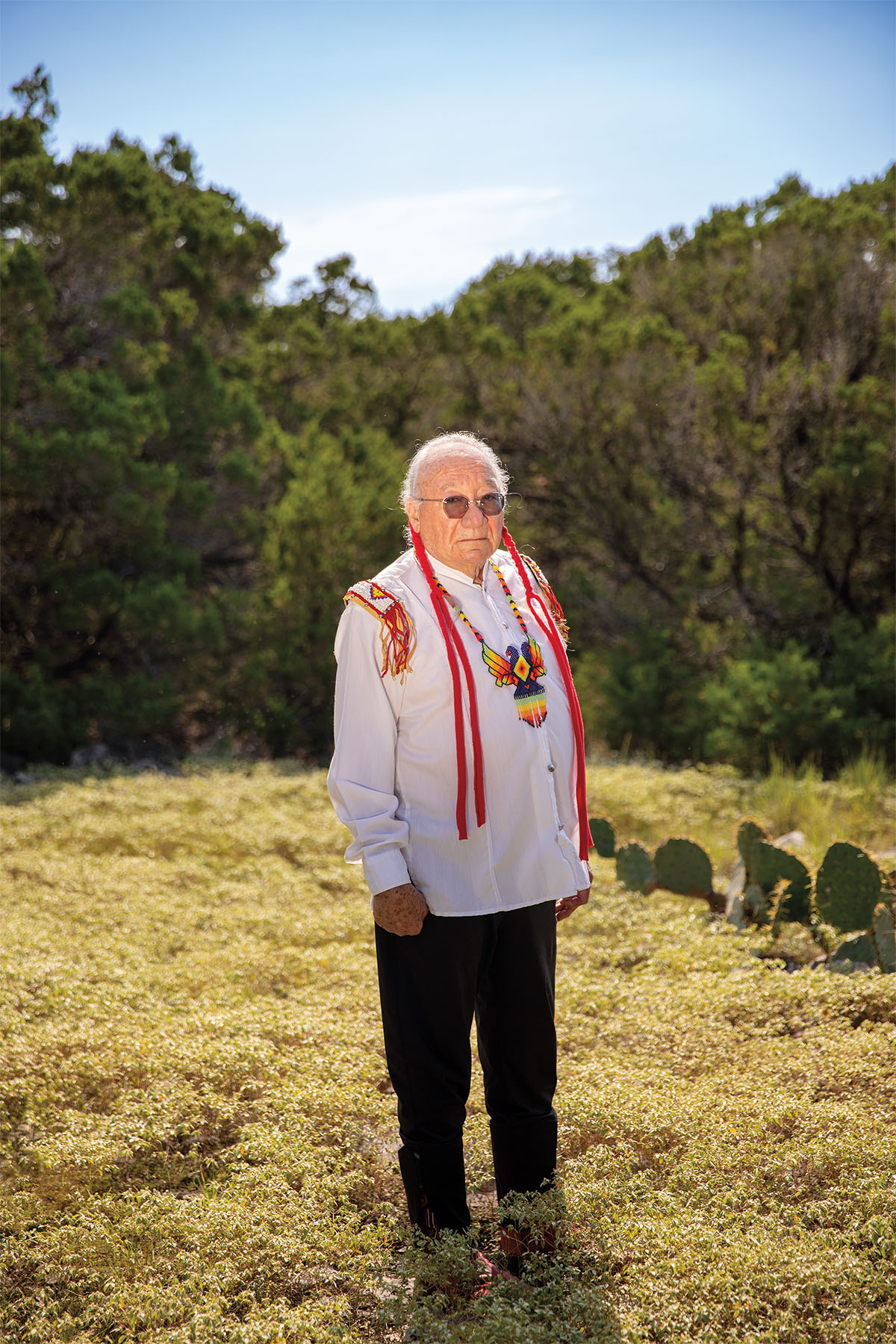
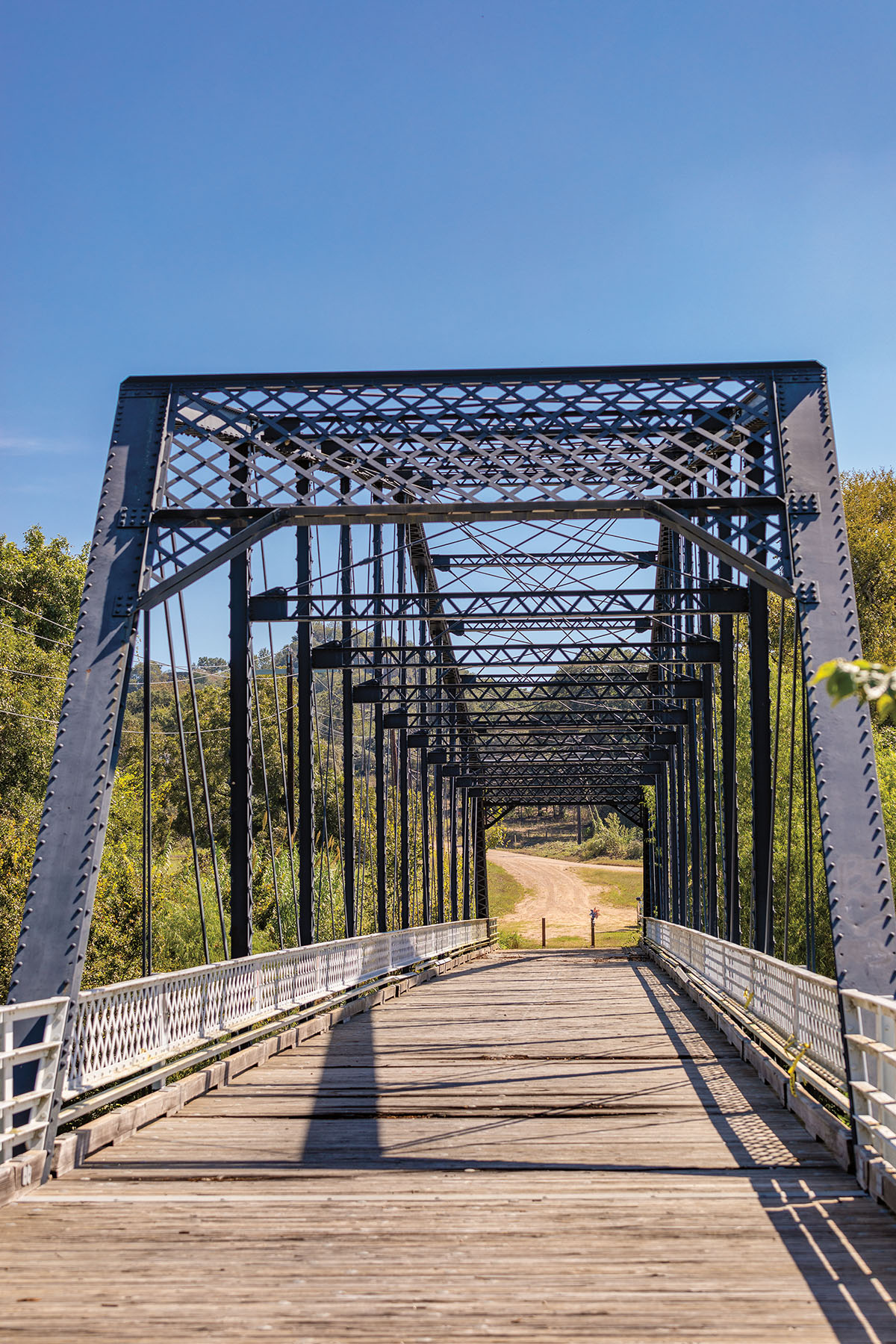
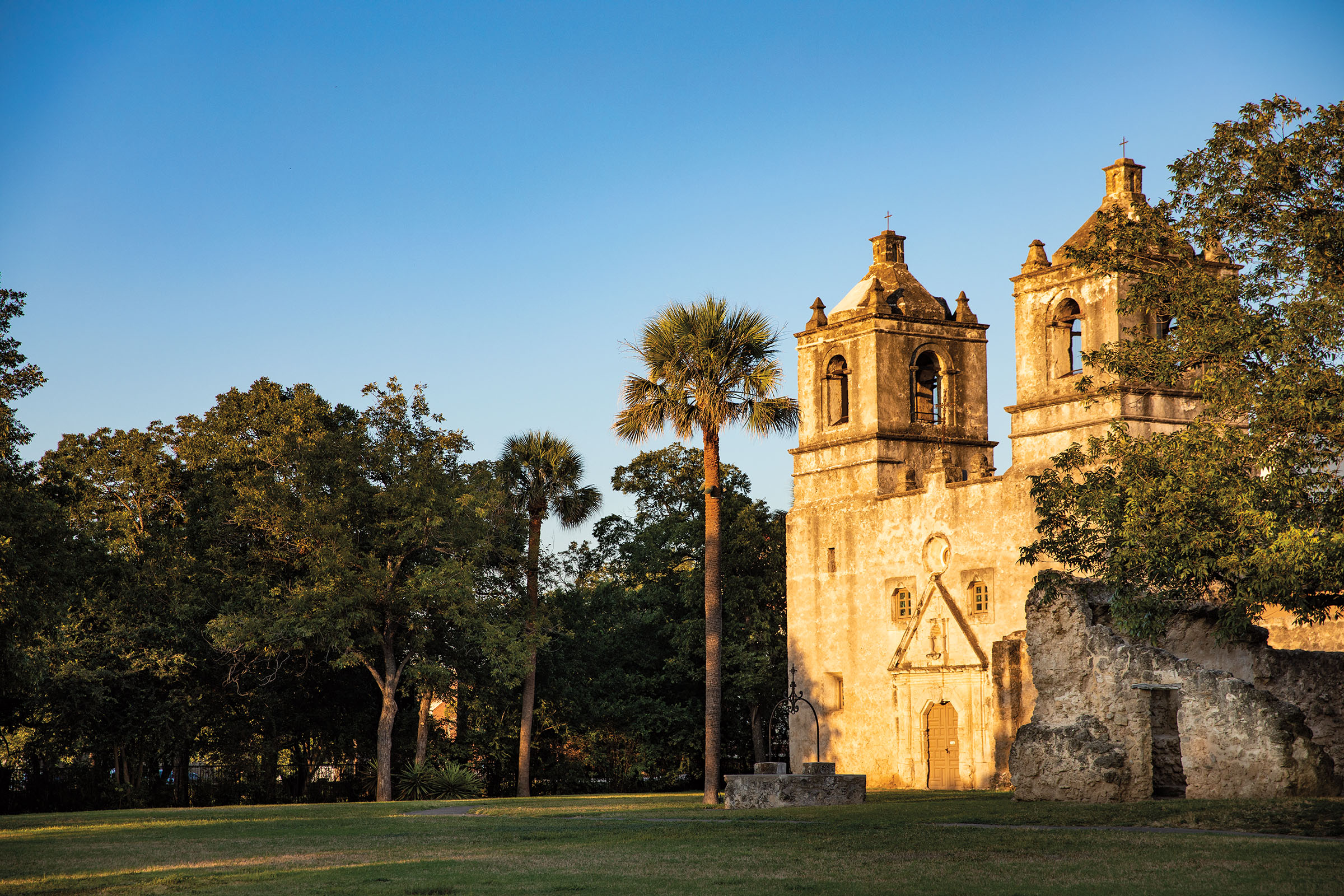
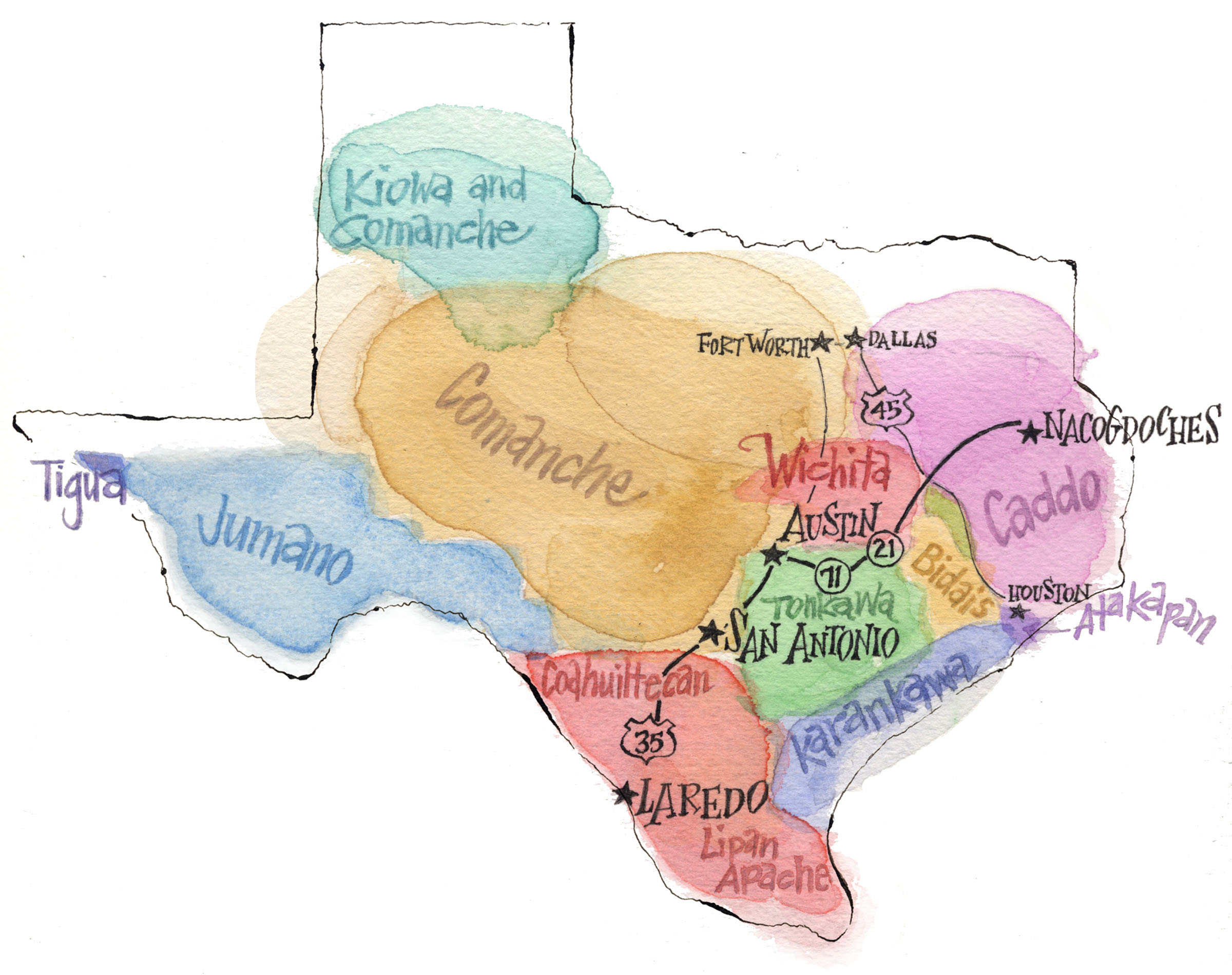
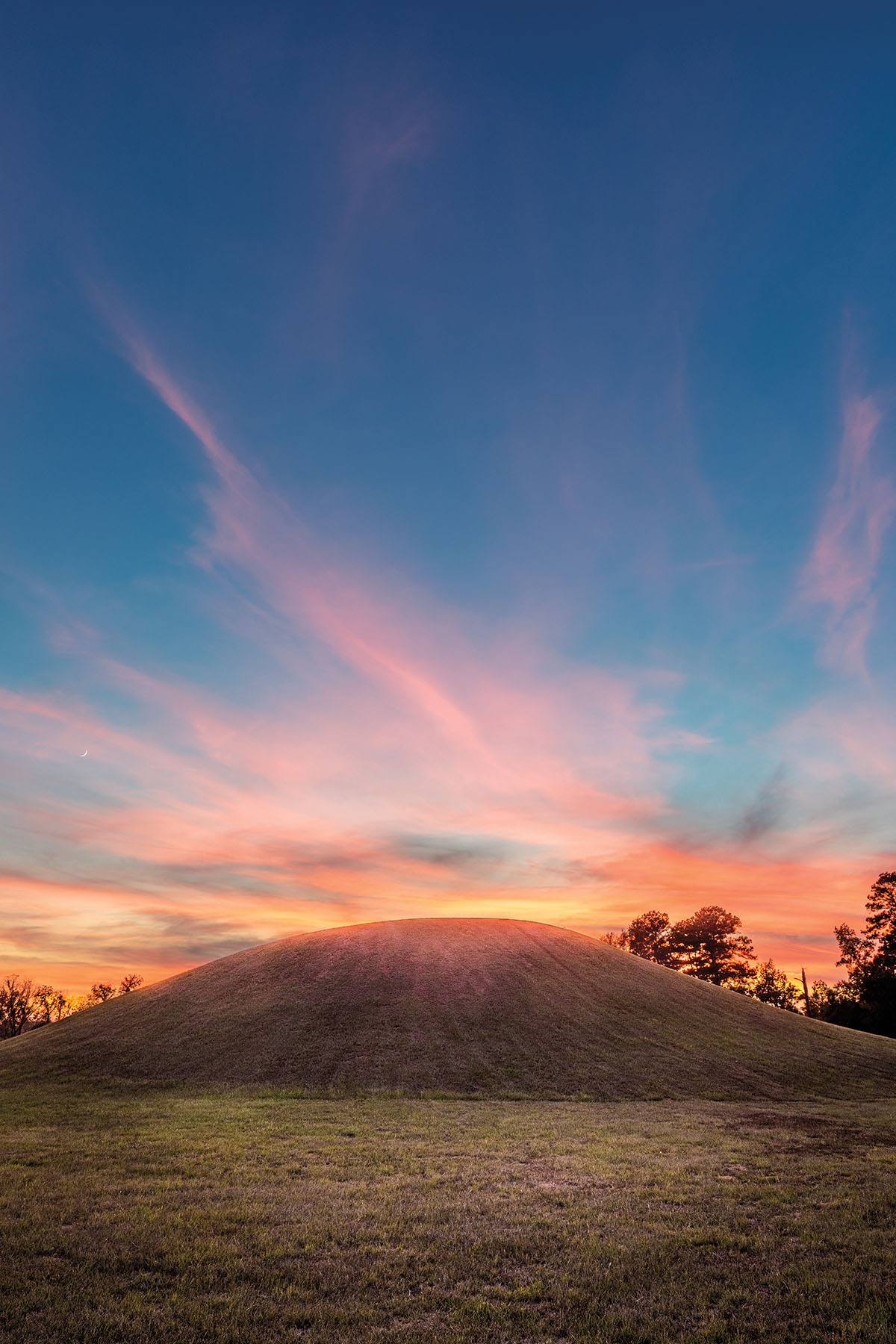
A Caddo Mound earthwork near Nacogdoches
Before my El Camino real journey, I’d never heard of Caddo Mounds State Historic Site. More than 1,200 years ago near present-day Nacogdoches, close to the eastern end of the Camino Real, the Hasinai built a village that became the southwesternmost ceremonial center of the Mound Builder culture. Mound Builders were Indigenous people located in the regions around the Great Lakes, Ohio River Valley, and Mississippi River and its tributaries. Over a period of 5,000 years, they built earthworks, also known as mounds, many of which can still be seen today. Mounds were dedicated to purposes ranging from ceremonial to religious. Three earthen mounds can still be viewed at the Caddo Historic Site: the Temple Mound, the Low Platform Mound, and the Burial Mound. A 2019 tornado tore down the Grass House and the visitor center, but rebuilding plans are underway. “We are on the highest plateau—a perfect place for the Caddo Indians to build a village and ceremonial center—away from the flood plain,” says Anthony Souther, site manager at Caddo Mounds State Historic Site. Abundant sunshine blankets the forests on the 375-acre property that includes markers for the sections of the Camino Real that run through it.
While the Camino Real facilitated travel for the Spanish northward, it also facilitated travel southward and westward for immigrant U.S. settlers. In Nacogdoches, you can visit the Gaines-Oliphint House and the Durst-Taylor Historic House and Gardens, two of the earliest pre-Republic white settler structures built in Texas. The Austin area, originally named Waterloo, saw white settlers in the early 1830s.
Researching the Camino Real induced weeks and weeks of deep grieving. As a poet and fiction writer, I write grief. I write Texas. I also write love and nature and transformation and creation, but all of that is always rooted in both grief and Texas. I’m Texan to the very tips of my fingers—hasta las puntitas de mis dedos. I was born here, I’ve lived almost all my life here, and I plan to die and be buried here. There is no sky I love as much as this sky, no earth I love as much as this earth. I swear, even the sun shines differently here.
But that doesn’t mean I’m blind to the truth of Texas’ past and present. Obscuring history does nothing to help us understand the Texas we are, the Texas we’ve been, or the Texas we’ll someday be.
I traveled no further on the Camino Real than the Caddo Mounds. It felt like a fitting bookend to my journey as I took in the sunshine, the wind, watched the tall grass sway, touched the earth that in some ways was inviolate—to be able to touch that which was inviolate within me. I sat under the blue sky and felt in my body and on my skin how time had not passed. I wanted to sit there and think about history and the Camino Real. Traveling it from one end to the other, or sampling it in parts, exposes you to centuries worth of stories and events. There is always a before. The story of Texas is a story of layers, of people and cultures through time, of what endures or doesn’t from earlier layers.
Driving back to Austin from the Caddo Mounds, I thought about how the best stories and journeys have no endings. We’re taught to think all stories must end, either tragically or with “happily ever after.” But then there are the stories that even after the last page, or the last spoken word, leave you knowing that the story has not ended, that the characters are still living their lives, and you might hear more about what else happened.
I kept hearing the words of my fellow Indigenous-identified Mexican American, the writer Gloria Anzaldúa, who was born and buried in Hargill: “This land was Mexican once, was Indian always and is. And will be again.”
Interpreting the Trail
El Camino Real runs northeast through Texas. In addition to historical and cultural sites like missions, forts, and settler homes, there is a wealth of museums and parks to visit. Keep in mind that some sections are not accessible because they are on private lands, have been destroyed or farmed, or are part of Native tribal reserves. The following sites invite travelers to enjoy the natural beauty along the trail and learn more about its complex history.
Alabama-Coushatta Reservation
571 State Park Road 56, Livingston-New Willard.
936-563-1100; alabama-coushatta.com
Bullock Texas State History Museum
1800 Congress Ave., Austin.
512-936-8746; thestoryoftexas.com
San Antonio Missions National Historical Park
6701 San Jose Drive, San Antonio.
210-534-8875; nps.gov/saan
American Indians in Texas at the Spanish Colonial Missions
1313 Guadalupe St., San Antonio.
aitscm.org
Caddo Mounds State Historic Site
1649 SH 21, Alto.
936-858-3218; thc.texas.gov
Gaines-Oliphint House
Commadore Drive. Hemphill.
512-339-1997; drtinfo.org
Durst-Taylor Historic House and Gardens
304 North St., Nacogdoches.
936-560-4443; nactx.us
